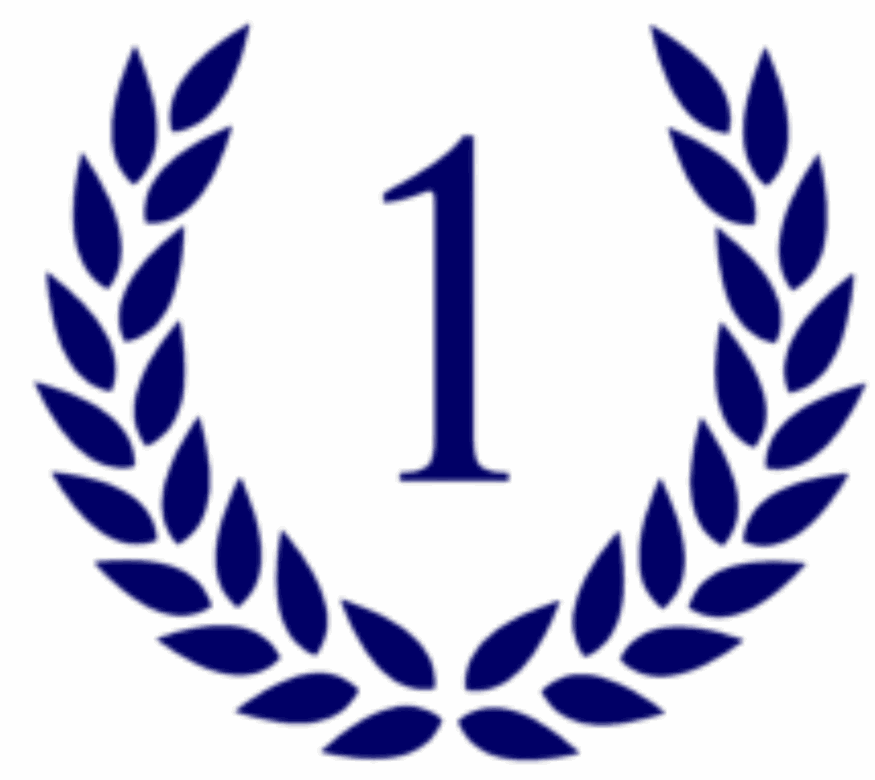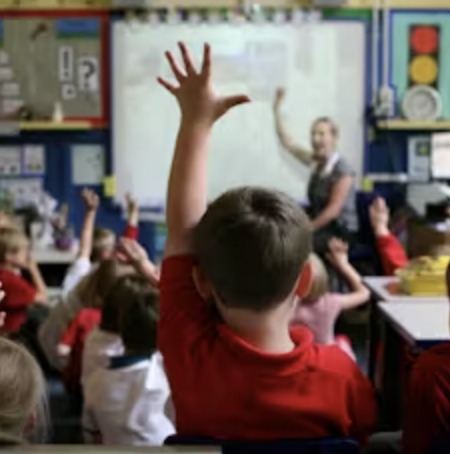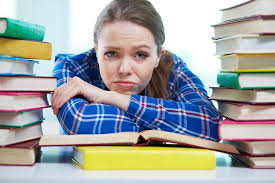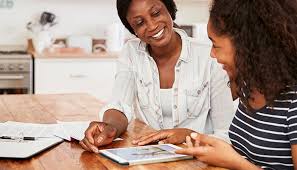
Classrooms are busy places filled with movement, questions and competing demands. Teachers work hard to support every student, but with a full class it can be difficult to spot the small habits, misunderstandings and learning behaviours that quietly hold students back. In one on one tutoring these details become much clearer and can often explain why a student is not performing to their potential.
One of the first things tutors notice is how a student approaches a task before they even begin. Some rush in without reading the question properly, while others hesitate because they fear making a mistake. These patterns often go unseen in a classroom because the pace is fast and students naturally follow the group. In tutoring sessions there is time to pause, unpack those habits and replace them with stronger strategies.
Tutors also pick up on gaps in foundational knowledge that students have carried for years. A Year 8 student who struggles with algebra may still be unsure about multiplying with negatives. A Year 10 student finding essays difficult might never have fully learnt how to structure a paragraph. These gaps can be small enough to slip under the radar at school but large enough to stop progress. Once identified, they can be fixed quickly with personalised explanation and targeted practice.
Another thing tutors notice is how students talk themselves through a problem. Their thinking process reveals whether they are guessing, memorising or genuinely understanding the concept. This insight helps shape clearer, more effective instruction. Over time students learn how to think aloud, ask better questions and become more independent.
Tutor sessions also create a space where students feel comfortable admitting confusion. Many are embarrassed to ask for help in class, especially in the high school years. When they finally express what they find difficult, progress becomes much faster and their confidence begins to grow.
These small observations are powerful. By noticing what classrooms cannot always catch, tutors help students rebuild their foundations, develop stronger habits and experience real improvement in their learning.
Freddie Le Vay









